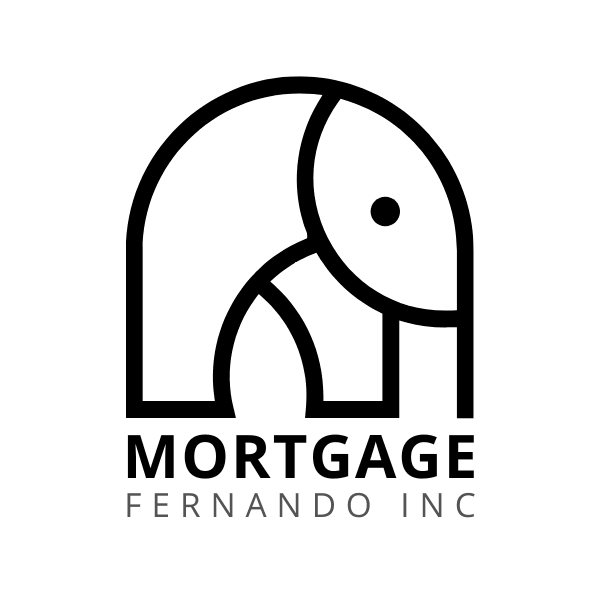Starting the process of buying a home in Canada can be an exciting experience, but it can also present several obstacles and demands. This guide is created to assist Canadian homebuyers in navigating the complex process of obtaining a mortgage, making the transition from potential buyer to homeowner seamless.
Understanding the Basics of a Mortgage in Canada
A mortgage is more than just a loan; it's a key that unlocks the door to homeownership. In Canada, understanding the different types of mortgages and how interest rates work is crucial for any prospective homebuyer.
Types of Mortgages Explained
Canadian homebuyers can choose from either fixed-rate or variable-rate. Each offering distinct advantages depending on your financial situation and risk tolerance.
How Mortgage Interest Rates Work
Interest rates significantly influence your monthly payments. Canada's unique mortgage environment means rates can vary widely, and understanding the factors that affect them can help you secure a better deal.
Step 1: Assessing Your Financial Health
Before diving into the housing market, evaluating your financial readiness for taking on a mortgage is essential.
Checking Your Credit Score
Your credit score plays a crucial role in determining your eligibility for a mortgage. A higher score can lead to more favourable mortgage conditions.
Calculating Your Debt-to-Income Ratio
Canadian lenders, like those in other countries, use a debt-to-income ratio to evaluate your ability to afford mortgage payments while also meeting other financial obligations. They use a standard stress test or a hurdle rate to determine your debt-to-income ratio or capacity to make payments.
Step 2: Getting Pre-Approved for a Mortgage
Mortgage pre-approval is a significant step in the Canadian home buying process, setting clear expectations for your budget.
The Importance of Mortgage Pre-Approval
A pre-approval letter helps you understand how much you can afford and strengthens your position as a serious buyer in the eyes of sellers.
Documents Needed for Pre-Approval
Prepare to provide comprehensive financial documentation, such as tax returns, employment information, and proof of assets and liabilities.
Step 3: Finding Your Dream Home in Canada
With a pre-approval in hand, the next step is to find a home that meets your needs and fits within your budget.
Setting a Realistic Budget
Beyond the purchase price, remember to account for additional costs unique to the Canadian market, like land transfer taxes and property taxes etc.
Choosing the Right Neighbourhood
Consider factors like community services, schools, accessibility to work, and local amenities to find the perfect neighbourhood for your lifestyle.
Step 4: Making an Offer and Negotiating
Once you've found your ideal home, it's time to make an offer and enter negotiations, a process that can vary by province.
Understanding Offer Conditions
In Canada, offers often include conditions such as financing approval and a satisfactory home inspection, protecting both buyer and seller.
Negotiation Tactics for Buyers
Be prepared to negotiate on price, closing dates, and included chattels and fixtures. Understanding the local market is critical to successful negotiations.
Step 5: Mortgage Application and Documentation
With an accepted offer, the formal mortgage application process begins.
Filling Out Your Mortgage Application
You'll need to finalize your mortgage application with your mortgage broker, providing detailed financial information and specifics about the property.
